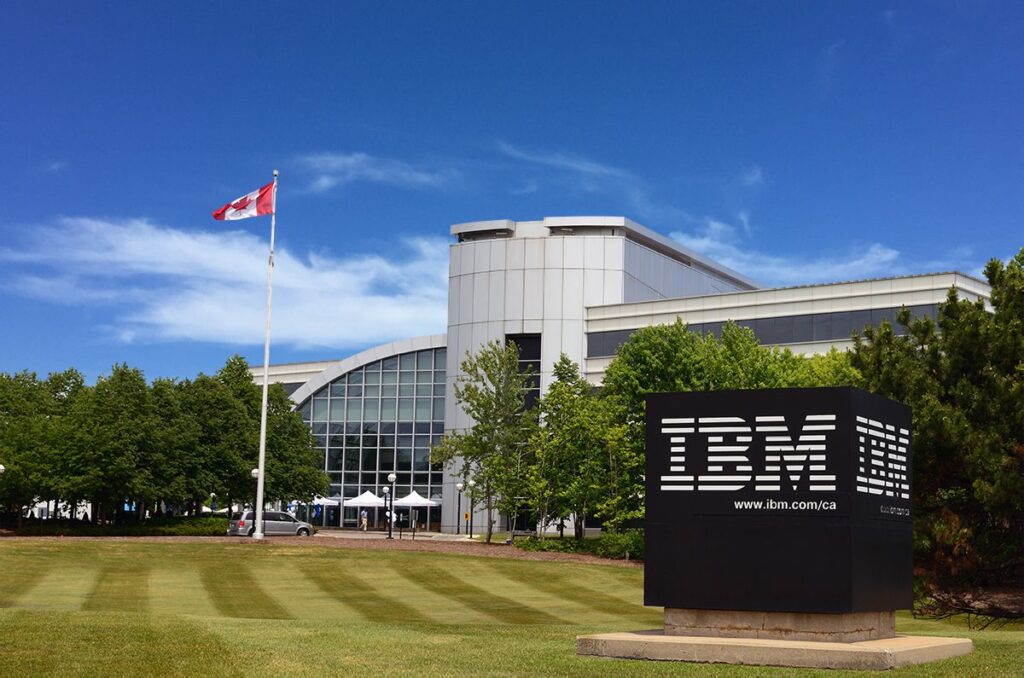 The writing’s on the wall—or more accurately, it’s in your smartphone. Cash in the U.S. is likely going the way of the fax machine, and if you think your enterprise systems are ready for what’s coming next, you might want to think again.
The writing’s on the wall—or more accurately, it’s in your smartphone. Cash in the U.S. is likely going the way of the fax machine, and if you think your enterprise systems are ready for what’s coming next, you might want to think again.
The digital payment market is expected to explode from $10.18 trillion in 2024 to $32.07 trillion by 2033, representing a staggering 13.59% compound annual growth rate. Yet according to Kristi Cunningham, CTO for the US at Kyndryl, most companies are dangerously unprepared for this seismic shift.
“Most payment systems, to be honest, are legacy,” Cunningham told me during a recent conversation about the infrastructure reality behind our cashless future. And that’s not just an inconvenient truth—it’s a business-critical blind spot that could leave organizations scrambling when real-time becomes the only acceptable speed.
The Infrastructure Iceberg
Here’s the thing that keeps Cunningham up at night: companies are fixated on the shiny new payment rails while ignoring the foundational infrastructure that makes it all possible. It’s like renovating your kitchen while your electrical system is still running on 1970s wiring.
“You can’t just be silo-focused on payments,” she explains. “Payments are dependent on your core infrastructure.” That core infrastructure—the ERP systems, the data management platforms, the integration layers that most executives never think about—is where the real transformation battle will be won or lost.
The problem is compounded by what Cunningham calls the “AI parallel track.” While everyone’s racing to digitize payments, they’re simultaneously trying to bolt AI capabilities onto systems that were never designed for either real-time processing or machine learning workloads. It’s a recipe for what she diplomatically terms “challenges.”
The Regulation Roulette
If technical complexity weren’t enough, there’s the regulatory minefield to navigate. The US is not alone in the march towards a digitized financial future. Saudi Arabia’s Vision 2030 aims to increase cashless payments to 70% by 2025, while China and Sweden are both developing their own digital currencies, with the European Central Bank eyeing 2025 for its own launch. Each jurisdiction brings its own compliance requirements, data sovereignty rules, and security standards.
“There’s not consistency in the regulation,” Cunningham notes, highlighting a challenge that goes beyond technical implementation. Companies need infrastructure that can adapt to regulatory changes in real-time, not systems that require months of development to accommodate new compliance requirements.
This is where Kyndryl’s positioning becomes interesting. Rather than being just another systems integrator or cloud provider, they’re positioning themselves as the bridge between legacy infrastructure management and future-state transformation. It’s a unique play in a crowded market.
The Three-Pillar Advantage
When I asked Cunningham about what differentiates Kyndryl from the hyperscalers and traditional integrators flooding the transformation market, she outlined three key advantages:
First, experience managing large-scale, mission-critical environments—including the crucial ability to keep systems running during transformation. “You need to keep them up even during change,” she emphasizes, a reality that many transformation projects learn the hard way.
Second, Kyndryl Bridge, their AI-powered insights engine that provides visibility across complex hybrid environments. This isn’t just monitoring; it’s predictive intelligence about system behavior and performance during transformation.
Third, strategic partnerships with hyperscalers that go beyond simple reseller relationships. “We partner with them,” Cunningham explains, “that allows for the scale, the performance, and we have those unique partnerships.”
The Time Crunch Reality
Perhaps the most sobering part of our conversation was Cunningham’s emphasis on urgency. “Now is the time,” she stressed. “The leaders in this space are already starting to think about this. We’re already starting to work with them.”
Nine out of 10 organizations say they’ve adopted or plan to adopt a “digital-first” business strategy, but adoption plans and infrastructure readiness are two very different things. The companies that figure out the infrastructure equation first will have a significant competitive advantage in the cashless economy.
The ones that don’t? They’ll be the cautionary tales we discuss in a few years when we’re wondering how established enterprises got disrupted by more agile competitors.
The Integration Imperative
What makes this transformation particularly tricky is the interdependency challenge. Modern payment systems don’t exist in isolation—they’re part of a complex ecosystem that includes fraud detection, customer relationship management, financial reporting, and regulatory compliance systems. The challenges of choosing between public or private options, modernizing mission-critical legacy systems, and addressing compliance and security concerns persist, making this more than just a technical upgrade.
Cunningham’s team approaches this through comprehensive assessments that look beyond individual systems to understand the interconnected web of dependencies. “We’re really good about helping to break down the problem,” she explains. “It’s not typically a wholesale move from one to the other.”
Instead, it’s about risk-based transformation that moves capabilities and services without impacting the environment—easier said than done when you’re dealing with systems that process billions of dollars in transactions daily.
The Geographic Complexity
Then there’s the data sovereignty puzzle. In a world where data crosses borders at the speed of light, companies need infrastructure that provides cloud flexibility without losing control over data governance. This is particularly crucial for financial services, where regulators are increasingly focused on data location and lineage.
Kyndryl’s approach involves understanding that “all data is not the same,” as Cunningham puts it. Critical and sensitive data gets appropriate controls, segmentation, and access restrictions, whether it’s in the cloud or not. For some customers, this means private cloud deployments; for others, it’s about creating the right security walls within public cloud environments.
What this means for ERP Insiders
Infrastructure assessment is your new priority. The days of treating infrastructure as a given are over. With most organizations at an ERP modernization crossroads on their digital transformation journey, technology leaders need comprehensive infrastructure assessments that go beyond current capabilities to evaluate readiness for real-time processing, AI workloads, and cashless payment integration. Kyndryl’s approach combines their Kyndryl Bridge AI-powered insights engine with regulatory assessment frameworks (PCI DSS, SOX, regional compliance) to provide a holistic view of infrastructure gaps. Companies using this approach report 40% faster identification of critical bottlenecks and 25% reduction in transformation timeline uncertainty. The key is understanding infrastructure dependencies before they become transformation blockers, not after.
Embrace risk-based, phased modernization. The importance of a strategic, phased approach to ERP modernization cannot be overstated when mission-critical systems must remain operational during transformation. Rather than wholesale system replacement, technology leaders should consider Kyndryl’s methodology of breaking down complex transformations into manageable, risk-assessed phases that maintain operational continuity. Their experience managing large-scale environments during change, combined with partnerships across major hyperscalers (e.g. AWS, Azure, Google Cloud), enables parallel workstream execution that reduces total transformation time by up to 35%. Companies following this approach maintain 99.9% uptime during modernization while achieving faster time-to-value on new capabilities—crucial when competing in real-time digital markets.
Build for interoperability and future-state flexibility. The convergence of cashless payments, AI, and regulatory compliance demands infrastructure designed for interoperability rather than point solutions. Technology leaders should prioritize platforms that support multiple deployment models (public, private, hybrid cloud) with consistent data governance and security controls. Kyndryl’s strategic partnerships enable infrastructure that scales across hyperscaler environments while maintaining unified management and compliance frameworks. Organizations implementing this approach report 50% faster regulatory compliance adaptation and 60% improvement in cross-system data flow efficiency. The investment in flexible, interoperable infrastructure pays dividends when market conditions or regulatory requirements change—which in the financial services sector happens frequently and with little warning.






